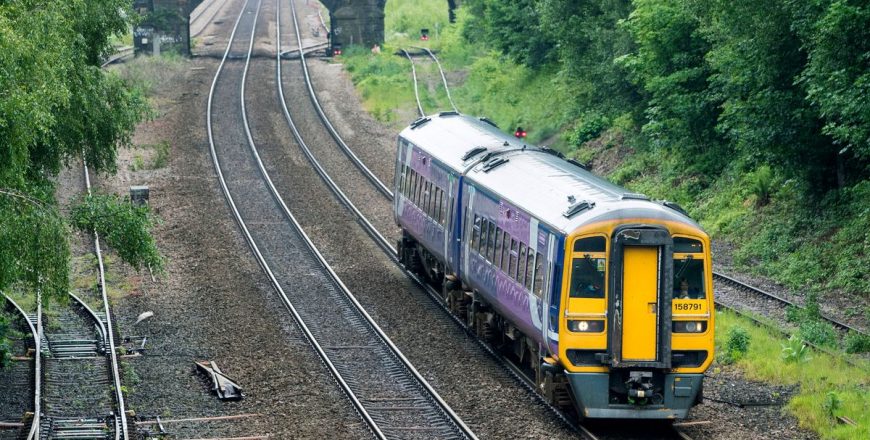
You’ll be responsible for driving trains in a safe, punctual, economical manner over various routes on a train driver apprenticeship course.
A train driver may work in a range of rail circumstances, such as hauling passengers, freight, empty coaching stock, or operating on-track gear to maintain infrastructure.
You’ll train with the purpose of operating alone for extended periods, so you must be able to retain a high degree of attention and make quick, challenging decisions in both normal and worsened conditions.
You must be able to effectively and appropriately interact with stakeholders. You may be needed to supervise others to guarantee regulatory compliance via safe and effective train operation.
A train driver is in control of the passengers, personnel, and freight. Communication with the signaller, crossing attendant, operations control, other rail sector personnel, British Transport, and civilian police may be among your responsibilities. You will be working weekends, evenings, and nights.
What you’ll learn
On a train driver apprenticeship course, you’ll learn to:
- Regularly monitor the area of responsibility to ensure compliance with rail legislation and organisational practices. Overall accountability for passengers, workers, and goods to achieve regulatory compliance via safe and efficient railway operation. Oppose unsafe practices constructively at all levels and report them using the relevant procedures.
- Maintain a secure environment at all times, responding to security issues and taking appropriate action in the event of a breach of security, and reviewing how effective the methods and actions, such as safe systems of work, closing gates and doors when entering secured premises, and securing cab doors when leaving trains on main lines and stations, have been.
- Monitor compliance with rules, procedures, and regulations in a rail context within one’s own area of responsibility. Maintain continual awareness of all relevant train legislation while retaining information.
- Carry out verbal communication clearly and accurately, both face to face and via written methods, such as using the train radio or the PA system.
- Follow guidelines to lead and manage problems and crises until incident response teams arrive, such as overall responsibility for the safety of passengers and other railway staff while deciding which lines are stopped and which lines to defend first.
- Make complex autonomous decisions throughout normal, degraded, and emergency operations in real-time.
- Locate and prepare trains for service, marshal and shunt trains, drive trains on main lines, depots, and sidings, deal with operational mishaps and emergencies, and berth trains.
- Handle hazardous materials effectively in one’s area of competence and report and protect other lines in the case of a dangerous goods emergency.
- Manage one’s fitness and lifestyle to perform effectively at work and reduce the risk to one’s health and safety and the health and safety of other stakeholders.
- Respond to customer inquiries as soon as possible, politely and accurately.
Entry requirements
You’ll usually need:
- Must meet minimum requirements of Train Driving Licences and Certificates Regulations 2010, including medical standards of physical health. Aged 18 or over.
- Apprentices without level 2 English and maths will need to achieve this level before taking the end-point assessment.
- be over 20 years of age
- live within 1 hour’s travel of the depot you’re applying to
- pass enhanced background checks
- pass a medical check
Assessment methods
The End Point Assessment consists of three distinct assessment methods:
- Online Test
- Observation
- Professional Discussion
Duration, level, subjects and potential salary upon completion
- Duration: 12 months
-
Level: 3 – Advanced Apprenticeship
- Relevant school subjects: Geography
- Potential salary upon completion: £30,000 per annum
Apprenticeship standard
More information about the Level 3 Train Driver Apprenticeship standard can be found here.
Apprenticeship end point assessment
For more information about the End Point Assessment Process, please read the Institute of Apprenticeships’ information page.
